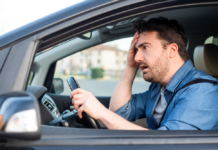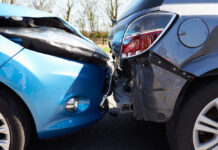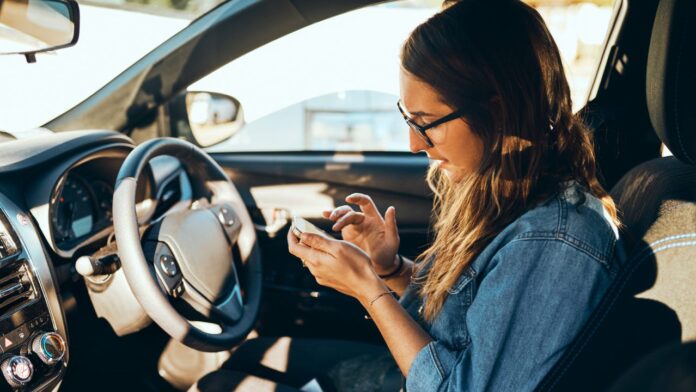
Accidents happen due to several reasons and distracted driving tops the list. Most drivers don’t concentrate on the road, resulting in significant crashes. A distraction could be a phone call or constant messaging. Whatever the reason, the aftereffects are brutal.
No matter how urgent something might be, there is no justification for being distracted from the wheel. If you’re in the driver’s seat, refrain from messaging or texting anyone. Even a single second’s distraction could cost dozens of people their lives.
Sadly, many individuals continue practicing these habits. Mobile phones changed the way we live and for sure you might have even witnessed people driving lazily around a street or causally using their phones on a highway. Such people are responsible for collisions and crashes and must be brought to justice.
Yes, crash victims should pursue distracted drivers and make them pay for their mistake of texting while driving. If you don’t take them to court, these people continue intentionally harming others. Here is a complete guide on how to prove that your perpetrator’s texting was responsible for your crash.
Hire a Seasoned Attorney to Advocate your Stance

The first thing to help you prove a driver’s negligent behavior is hiring legal help. Lawyers are good at proving fault, especially if a driver was texting and driving. You might feel you can manage without a lawyer, but you’re mistaken.
Even if you have proof of the driver’s negligence, you will need a seasoned attorney to help convince the judge and jury of the driver’s fault. According to Law Offices of Willie D. Powells, a black car accident lawyer in Houston, “When it comes to protecting rights and interests, no one can do a better job than an attorney.”
Therefore, research and find a lawyer who specializes in distracted driving cases. These individuals know the right tactics to get a driver to confess their mistake.
Often, victims don’t pursue such negligent drivers. However, one should, or drivers might continue displaying such behavior and harming others in the process.
Grab a Copy of the Police Report
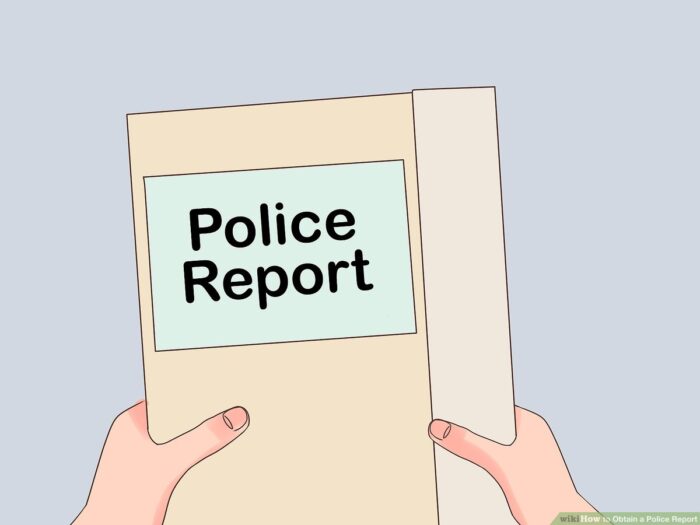
After any crash, the first ones to arrive on the scene after locals are the police officers of the area. These officers record details of the incident and make a comprehensive report about the crash.
Their report contains information about the reason for the crash, testimonies of nearby people who witnessed the incident, and other relevant details like the time of the crash. Most officers even included an assessment of what they believed had led to the collision.
A police report could be of a big help to you. It might contain clues proving a driver was texting and driving, causing the crash.
Investigate the official police reports for any mention of distracted driving. Law enforcement officers often document observations related to cell phone use or other distractions. This information can be used to support your case.
Review Cell Phone Records
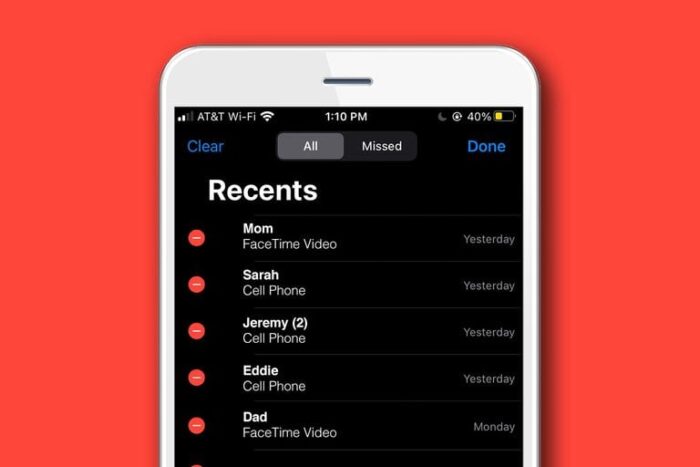
If you feel a driver was texting while driving, you could use their phone records to prove your claim. Phone records help track down a driver’s messages. If someone was messaging their friend or family member right before the crash, their records will show this information.
Of course, your attorney will need court permission to get records of the driver’s phone. These records or documents will help find out if the opposition is lying about the accident’s reason.
All you need are court orders, and you can easily access phone records of the person at fault and cross-reference them with the time of the crash.
Obtain Traffic Camera Footage
Nothing can be more accurate than actual video footage of the incident. Try looking for cameras or CCTV footage in the area and obtain recordings. Most highways and roads in large cities have an entire network of cameras.
These cameras provide a view of the car, showing what the driver was doing immediately before the crash. In case, multiple cars were involved in the crash, video recordings could point out the person at fault.
With proper proof, your case gains strength, and you can claim compensation from the other party at fault. This compensation helps you cover physical damages.
Communicate with Eyewitnesses and Passengers
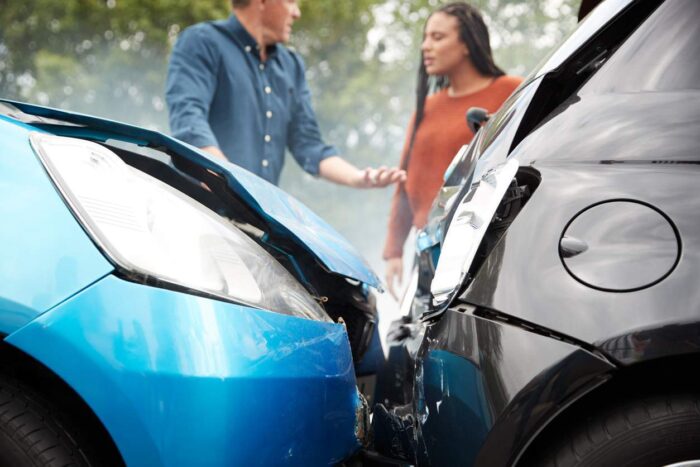
Another great way to prove your driver’s fault is to seek the help of nearby passengers and eyewitnesses. People will be present at the scene of a crash and observe everything. Thus, these people could be of great help.
Bystanders at the crash site would have seen if a driver was texting while driving, and you could use their testimony in court. Even people in the same car as another driver could provide details about whether a person was texting.
One of the most valuable pieces of evidence is eyewitness testimony. If there were individuals who observed the at-fault driver texting before the accident, their accounts can be crucial in establishing a direct connection between the distracted driving behaviour and the collision.
Try reaching out to people immediately after your crash, or take their numbers to contact them later. By bringing witnesses to court, your case becomes strong in the eyes of the jury and judges.
Take a Deposition of the Driver to Find the Truth
As a last resort, individuals can also take a deposition of the driver, where they are required to speak the truth. Most drivers lie after causing an accident, and if you feel your perpetrator isn’t confessing, a deposition could be an ideal solution.
A deposition is an official hearing where the person at fault is brought to court and sworn to tell the truth. If the driver lies and claims that they weren’t texting and later on their crime is proved, they receive a higher punishment.
At times, a deposition could help prove the driver’s mistake.
Proving that texting while driving caused an accident requires a comprehensive approach involving eyewitness accounts, phone records, surveillance footage, forensic analysis, police reports, expert witnesses, and any admission of guilt by the at-fault driver.
Combining these elements strengthens your case and increases the likelihood of establishing a clear connection between distracted driving and the resulting collision. If you or someone you know has been a victim of a texting-while-driving accident, seeking legal counsel and presenting a well-supported case can help in seeking justice and compensation.



